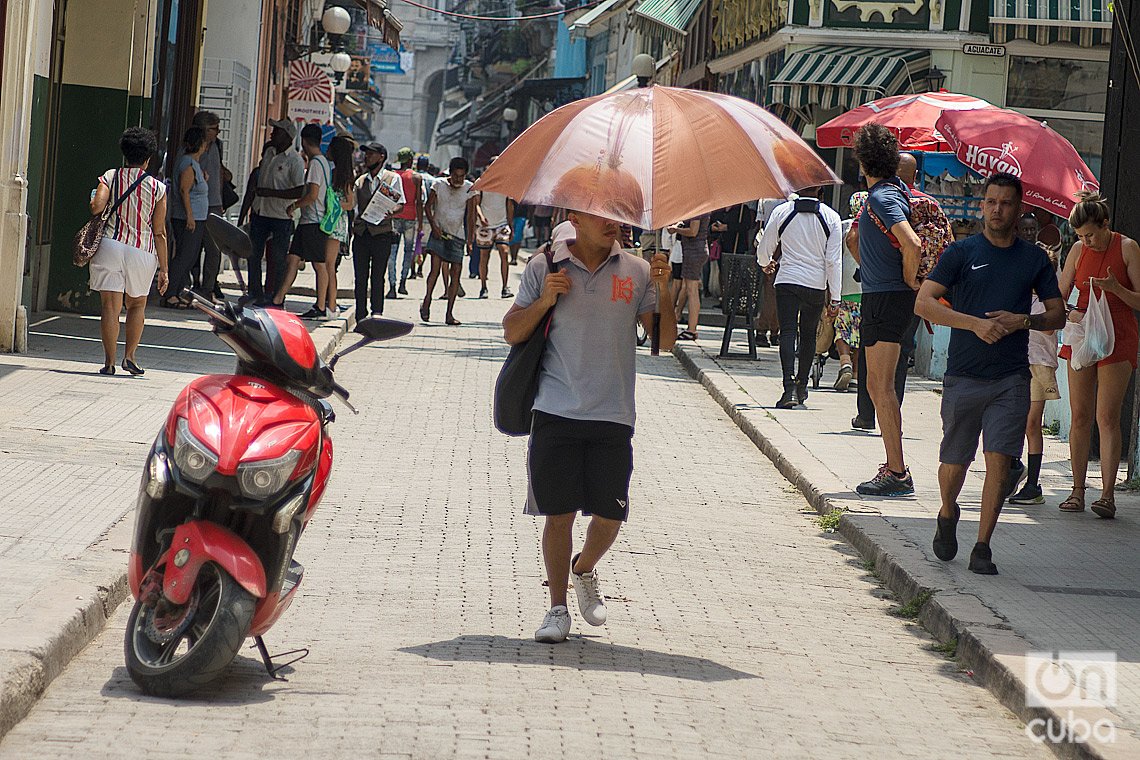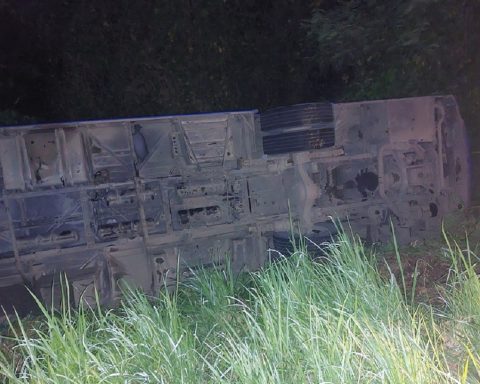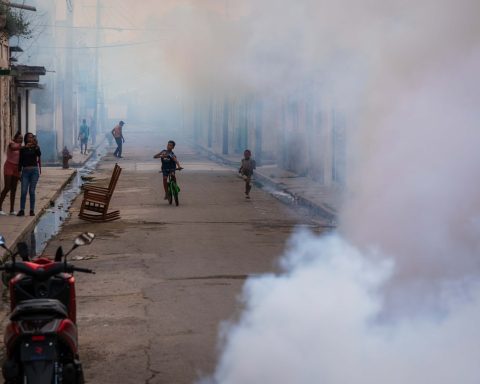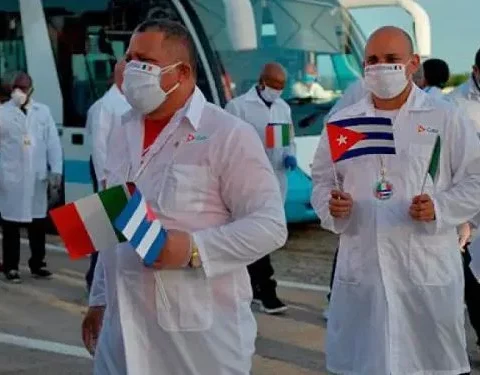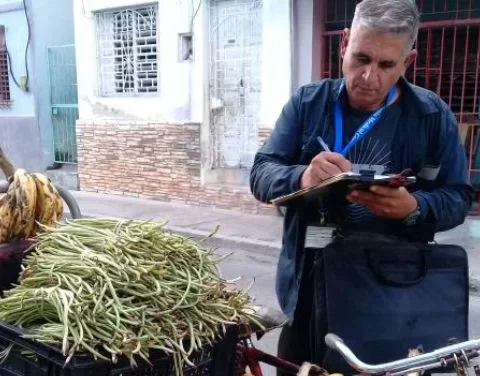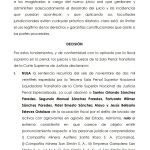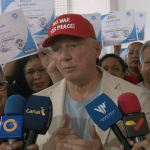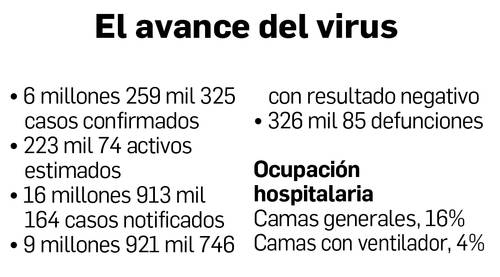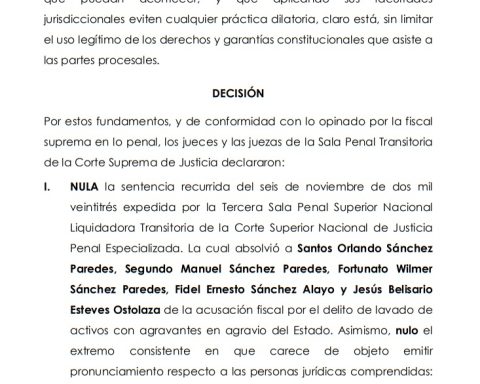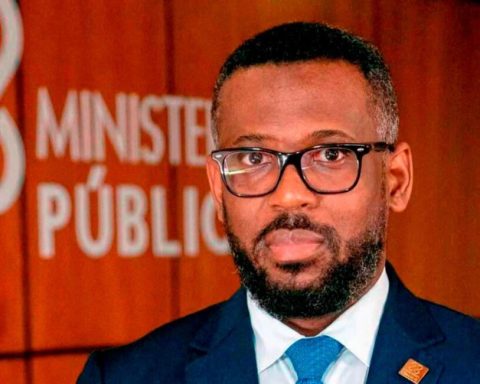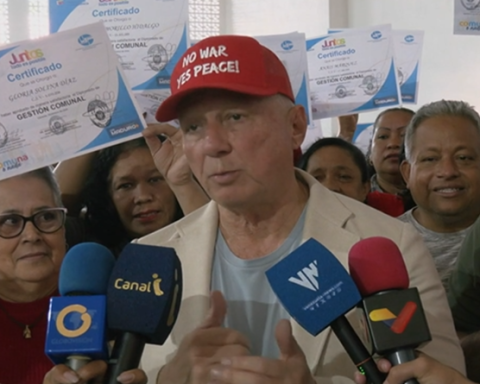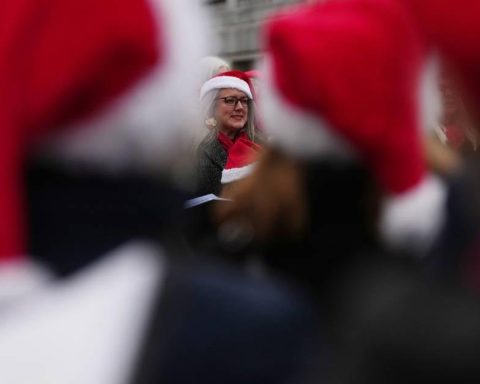This Monday, Cuba marks one year of the social outbreak produced on July 11 and 12. These are the largest popular protests produced since 1959 and, according to the criteria of some experts or activists interviewed by the Spanish agency Ephthere is still no solution for the bulk of the causes that caused them.
Although the wave of illnesses and deaths that the population suffered from COVID-19 in the summer of 2021 was forgotten, today problems such as shortages, inflation and blackouts continue to hit the Cuban reality.
“The campaign (vaccination against COVID-19) It has been a complete success. But in terms of the economic crisis, I don’t necessarily see great progress,” Michael Bustamante, a historian at the University of Miami, told the Spanish agency.
The discontent and weariness of many surfaced that July 11 in San Antonio de los Baños (35 kilometers southwest of Havana), when a spontaneous protest connected with others in what was an unprecedented mobilization. Boosted by live broadcasts from the networks, the protests managed to articulate in about 50 points on the island, with an epicenter in the capital.
The Abdala anticovid vaccine celebrates one year of being authorized in Cuba
Most of those who took to the streets pointed against the shortage of food and medicine, runaway inflation, the partial dollarization of the economy and the constant and unbearable power outages, evidence of a severe economic crisis worsened at the worst time of the COVID-19 pandemic and the effect of US sanctions and also the errors in national economic policy.
Between July and August of that year, the country suffered peaks of more than 9,000 daily infections and nearly a hundred deaths each day. Meanwhile, the biopharmaceutical industry produced three vaccines, which soon after began to be massively inoculated among the population over two years of age.
At present, more than 90% of the islanders have the complete vaccination scheme and the authorities have seen their expectations fulfilled. For this reason, scholars such as Arturo López-Levy, assistant professor of Politics and International Relations at Holy Names University (California), agree in considering that the advance of vaccination was remarkable, although, according to the quote from Ephwas overshadowed by the performance of the economy.
“The energy issue (due to blackouts) and food has worsened and is a factor of social irritation,” he added.
Appearance of a group of the Cuban government team as a result of what happened yesterday in Cuba
According to official data, inflation in the state retail market reached 70% in 2021. The increase in prices in the extensive informal market, depending on the calculations, was between 500 and 700%. Meanwhile, the gross domestic product (GDP) had an increase of 0.5% after a collapse of more than 10% in 2020.
That picture hasn’t changed at all. According to a statement from the Presidency released in March, the GDP “still has not recovered from the precipitous fall” of 2020 and 2021. Year-on-year inflation stood at 26% in May. The Executive has reiterated that these difficulties are due to the resurgence of US sanctions in the era of Donald Trump (2017-2021) and the effect of the pandemic, although it has also recognized failures in the implementation of the economic reform called Ordering task in early 2021.
Another factor that is dangerously repeated is that of blackouts: since mid-March, the Electric Union (UNE) has reported cuts on at least 54 days, practically daily since June, according to a count made by Eph from company communications.
A fire in block two of the Felton CTE was brought under control this afternoon. No deaths or injuries have been reported so far in the accident area.
The causes of what happened are being investigated, while the start-up of unit one will be restarted. We will continue to report. pic.twitter.com/XvaPxPErjK— Ministry of Energy and Mines of Cuba (@EnergiaMinasCub) July 8, 2022
For this reason, unlike López-Levy or Bustamante, the Cuban activist Carolina Barrero —exiled since February— in statements to the same agency considers that the situation has gotten worse in all areas: “The same conditions that were on 11 July they are still there and have multiplied”.
Because in those demonstrations there were also those who demanded freedoms and the establishment in Cuba of a liberal democracy against the prevailing socialist system. For that group, the song “Patria y vida” became an anthem during the protests.
Although most of the marches were peaceful, there were several violent clashes with the police, stone throwing at state establishments or the overturning of patrol cars, the Government has denounced on several occasions that these violent actions were orchestrated from abroad and, after Having recognized that there was a legitimate feeling of disagreement in them, this Friday the president of Cuba, Miguel Díaz-Canel, described them as a “vandalism coup d’état.”
The protests were followed by massive arrests of historical opponents and other citizens, some minors. NGOs such as Cubalex and Justicia 11J have documented 1,484 arrests. The Attorney General’s Office (FGR) noted in January that 790 people had been prosecuted for these events, of which 55 were between 16 and 17 years old on that date. The minimum criminal age in Cuba is 16.
Cuban Prosecutor Confirms Sanctions Against 381 People for July 2021 Protests
So far, the courts have issued 76 final judgments against 381 people. 78% of those sanctioned (297) received prison sentences, sometimes up to 25 years.
Along with this, Human Rights Watch (HRW) and local NGOs have reported an uptick in repression against activists, dissidents, and independent journalists. Among the complaints stand out arbitrary arrests, threats, interrogations, blockades of homes and internet connection cuts, actions that intensify in politically sensitive moments such as this first anniversary of 11J or around the frustrated protest of last November 15.
The trials of the protesters have been taking place since then, especially since the end of 2021. Activists and NGOs speak of political prisoners and prisoners of conscience, fabrication of evidence and breach of due process, something that the Cuban Judiciary has systematically denied. One of the most repeated crimes is sedition, controversial due to its political connotation and the high prison sentences that it entails.
“The convictions have been disproportionate, due to their exemplary nature. It is very likely that the criminalization of the protest has achieved a dissuasive effect,” laments academic Rafael Rojas, professor at the Colegio de México. This type of sanctions —hardened in the new penal code approved in May— have been criticized even by personalities traditionally close to the Government.
A year after the protests on the Island, there is also a new wave of migration —fundamentally by irregular means, since since the closure of most consular services during the Trump administration, which has not yet been fully restored, the legal alternative was practically reduced to zero.
According to US data, only in the first eight months of the current fiscal year – which began in October – 140,602 Cubans have arrived in that territory. The figure, recalls the report, exceeds the largest exodus so far, that of 1980 when 125,000 people left through the port of Mariel in seven months.
These figures, in parallel, have caused a migration crisis in the US that, according to Cuban sociologist Diosnara Ortega, can be used by the island government to seat Washington at the negotiating table. She adds that she can also use the possible reduction in the protesters’ initial sentences as a “bargain currency.”
Efe/OnCuba.
